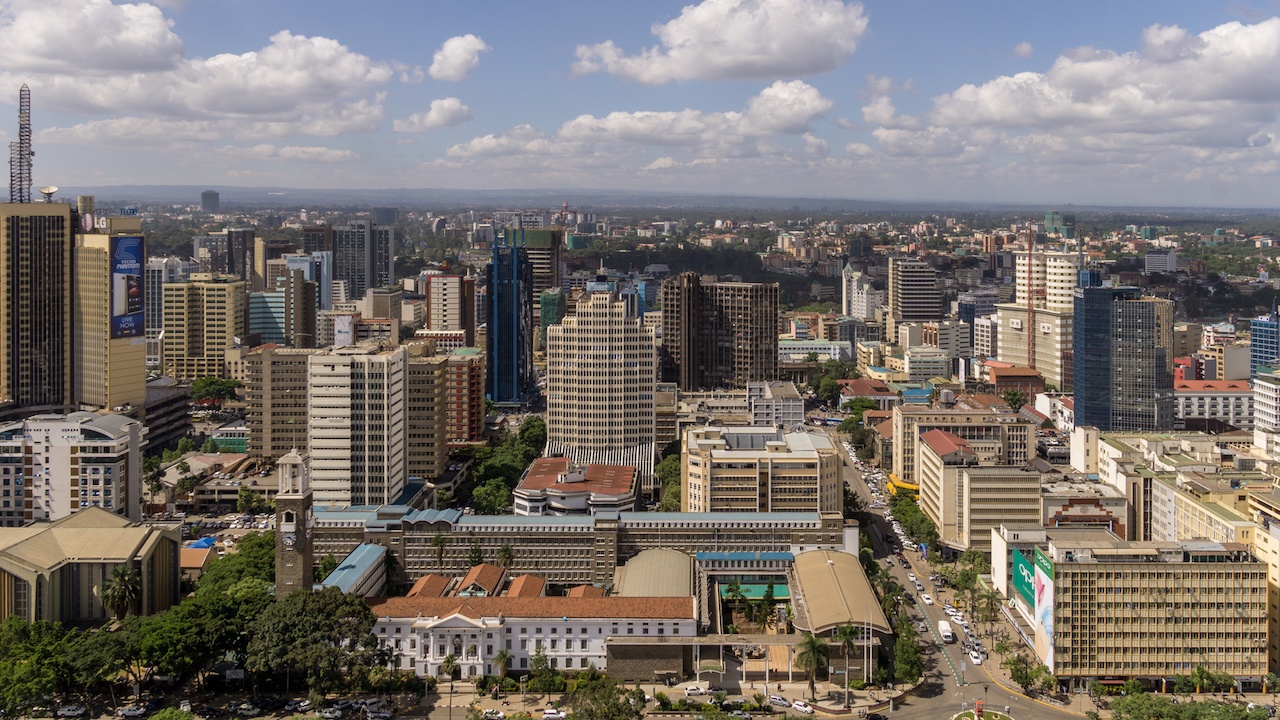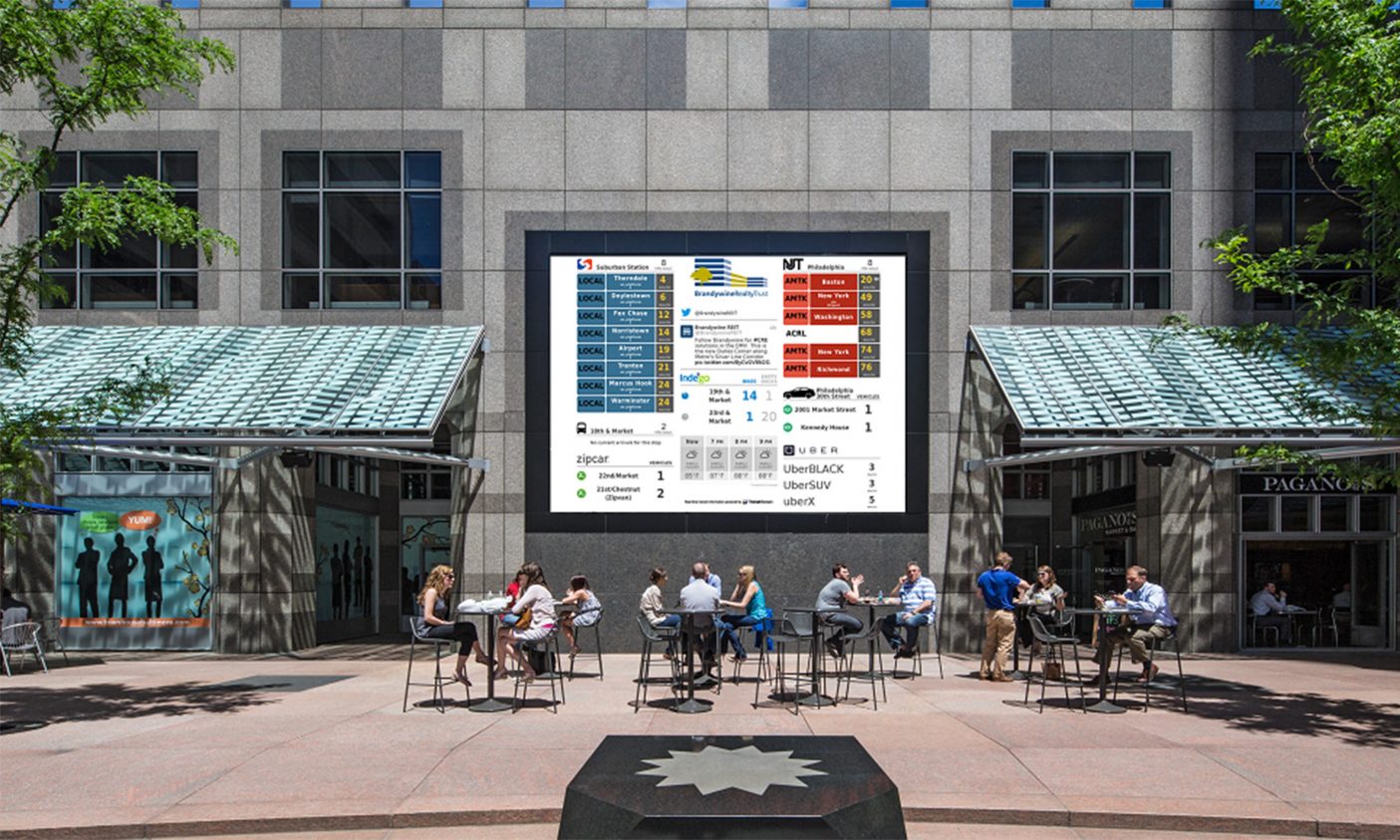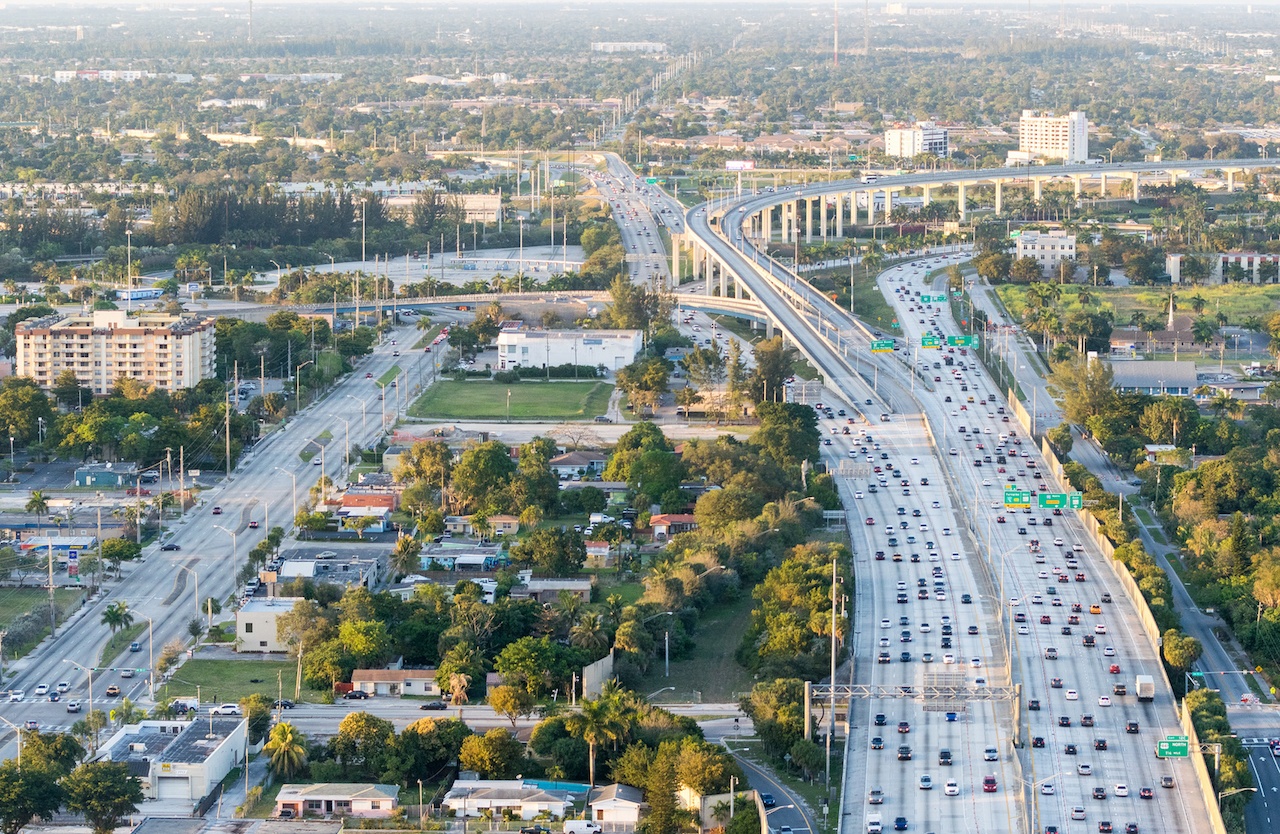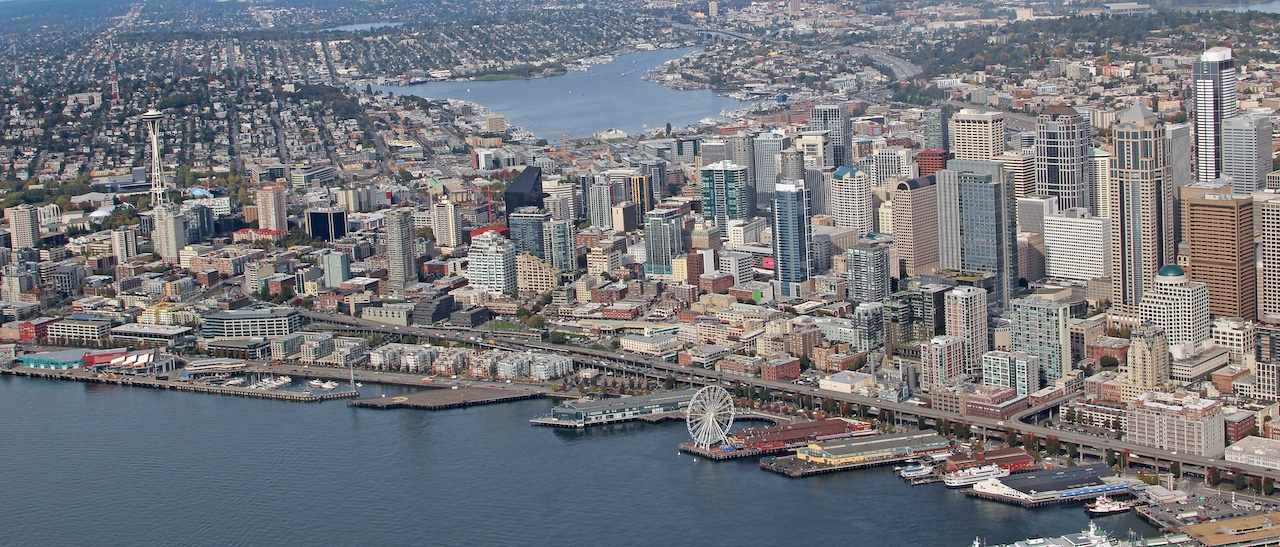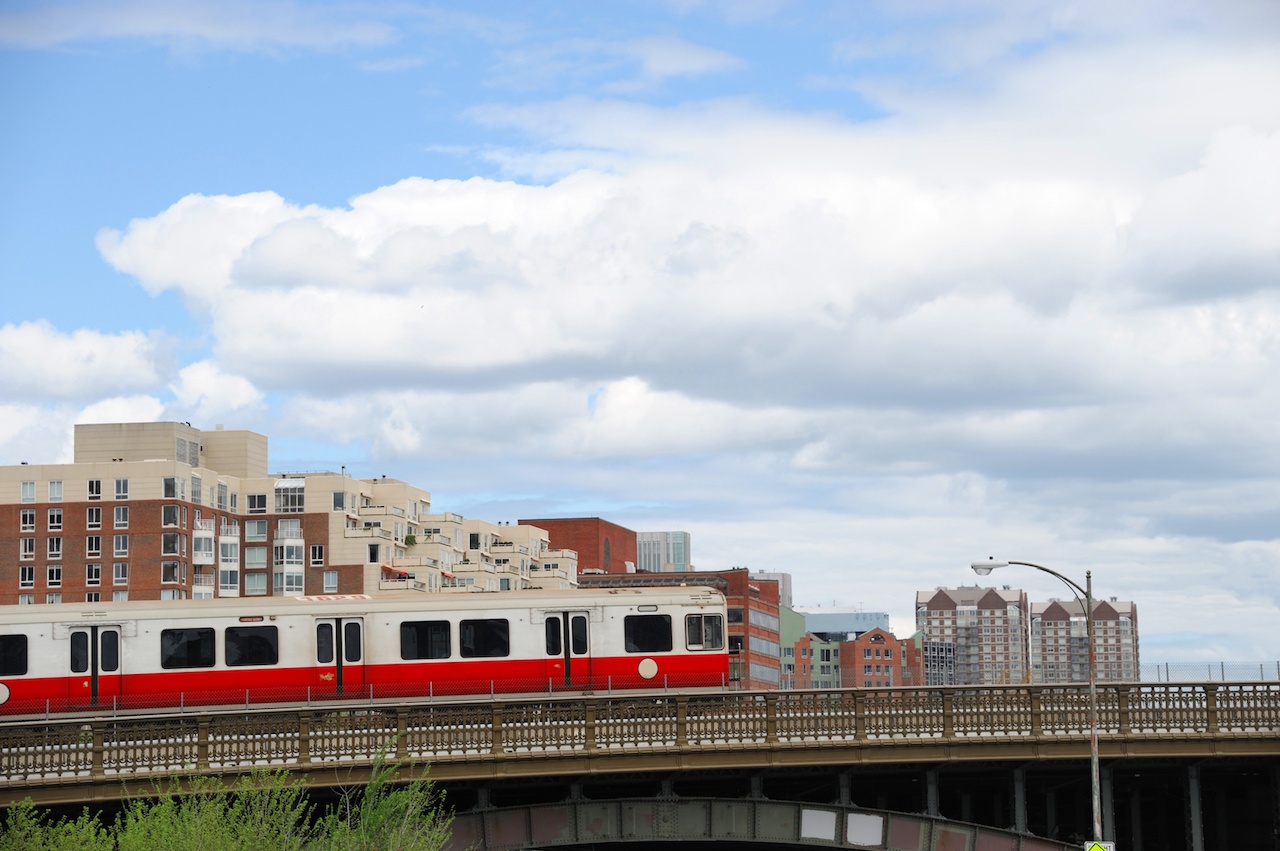Mobility
A broad category of content focused on mobility-related topics in cities.
Examples: public transit, shared mobility, multi-modal mobility, micro-mobility, autonomous vehicles, parking, transportation planning
Bus Stops and the Future of Digital Placemaking
As two officials of a distressed public agency facing down the consequences of a long history of underinvestment, we are acutely sensitive to the need to get things done on a budget. We are also technologists, which brings us to the idea and potential of digital placemaking for mobility infrastructure: the repurposing of web, mobile and other software and hardware tools to bring new value to the places around the physical nodes and artifacts of the transit system.
Digital tools are often limited to a public engagement role in placemaking. We believe that they can play an important role in transit agency efforts to make its physical infrastructure work better for people.
Transportation Communications: No One Told Me It Would Be This Hard
As the leader of a transportation agency, there is no shortage of people ready to tell me how technology is going to revolutionize the way we do business. Autonomous vehicles, on-demand sensors, drone-based package delivery, solar-powered roads, road-straddling super-buses (that one turned out to a bust); it’s a veritable cornucopia of real and not-so-real revolutions. And within that world of technophiles, there’s a subset waiting to tell me (and you) about how wireless communications will underlie and enable all of those revolutions to our transportation systems. As with so many things in life, they’re totally right, and yet it’s so much more complicated.
Shared Mobility is the Precursor to Autonomous Vehicle Networks
The current hype about autonomous vehicle is accompanied by a surge of interest from shared mobility operators. Ridesharing providers such as Uber, Lyft and Didi are investing heavily into AV technology. Earlier this year, Uber announced its partnership with Daimler to bring self-driving technology to the market. Didi has opened up an artificial intelligence lab in Mountain View, the backyard of many autonomous vehicle competitors. Lyft’s collaboration with GM is well known and this month they announced an investment from Jaguar Landrover to bring autonomous connected vehicles on the road.
The buzz clearly indicates that the autonomous revolution is imminent. The engineering communities are excited about solving some of the technological challenges, which will ensure data sharing and interoperatability. Governments and cities are trying to grasp the implications of AVs on the road and provide the right regulatory frameworks. Amidst all of this excitement, we shouldn’t forget the impacts this revolution will have on people and that we will have to solve some real operational challenges.
Big Data, Automation, and the Future of Transportation
In recent years, a variety of forces (economic, environmental, and social) have quickly given rise to “shared mobility,” a collective of entrepreneurs and consumers leveraging technology to share transportation resources, save money, and generate capital. Bikesharing services, such as BCycle, and business-to-consumer carsharing services, such as Zipcar, have become part of a sociodemographic trend that has pushed shared mobility from the fringe to the mainstream. The role of shared mobility in the broader landscape of urban mobility has become a frequent topic of discussion. Shared transportation modes—such as bikesharing, carsharing, ridesharing, ridesourcing/transportation network companies (TNCs), and microtransit—are changing how people travel and are having a transformative effect on smart cities.
Leveraging Technology to Improve Transportation in Nairobi and Beyond
Featuring Jacqueline Klopp
Meeting of the Minds took a few moments to talk with Jacqueline Klopp about using technology to improve transportation in Nairobi and other African cities. She is an Associate Research Scholar at the Center for Sustainable Urban Development at Columbia University and teaches Sustainable Development at Columbia University. Her research focuses at the intersection of sustainable land use, transportation, planning and democratization. She is writing a book on the politics of planning in Nairobi and is taking an increasing interest in ICT and questions of public participation in policymaking around planning. She is also a co-founder of the blog NairobiPlanningInnovations and the Digital Matatus project that mapped minibuses (matatus) in Nairobi and produced the first public transit map of minibuses for the city. Klopp received her B.A. from Harvard University and her Ph.D. in Political Science from McGill University.
Digital Disruptions in The World of Mobility: We’ve Glimpsed the Possibilities
The leaders of urban transit authorities and public transport agencies now recognize the need to push simultaneously on several fronts: reduce costs, reduce environmental impact, enhance customer and driver safety, and provide improved passenger services. These leaders are under severe pressure to provide superior passenger services: wi-fi, passenger information systems, and smartphone apps, just to name a few. This means that they must learn to offer a passenger experience that competes with other transportation modes and private transportation companies.
Let’s Not Get Run Over by Major Transportation Trends
As we look back on the auto revolution since 1945, we have spent trillions of dollars on cars and related infrastructure. These investments transformed our country and greatly assisted us to an unprecedented level of prosperity. Yet there are many things we would no doubt do differently with 20/20 hindsight to shape the use of cars in relation to other modes of travel and in relation to the urban forms we want to live in. As we look on in amazement at the current technological prowess on display in the auto and mobility industries, it is important that we learn from the automobile revolution of the last 75 years. We can learn from the past to shape new developments to meet shared goals as these technologies unfold, rather than suffer the impacts of unintended consequences.
Expanding Visual Accessibility of Mobility Information using the Physical Web
How does public information work for people who can’t read information screens? In the US there are over 1.3 million legally blind people, many of whom have difficulty reading public screens, and over 100,000 totally blind people, who often depend on assistive technology like screen readers (which read text on computers out loud). Naturally, public transportation plays a major role in many of their lives.
Reshaping Mobility: The Factors and Innovations at Play
Digitization continues to plough its way through whole industries, changing such old worlds as retail and finance in ways big and small. In the world of mobility and transport, a number of forces are driving massive shifts in the expectations and the needs of those who run or use our transportation systems: commuters, shippers, and many more.
We’re only just starting to see the outlines and contours of the big changes underway. The shifts now taking shape are being propelled by advances in technology, shifting socioeconomic factors, and public policy.
Sustainable Seattle
Seattle is consistently near the top of any list of US cities for sustainability and for growth. Almost all electricity is from hydropower. Energy-efficient buildings anchor walkable mixed-use neighborhoods. As Seattle has become increasingly sustainable, it is doubling its economy while cutting carbon emissions in half.
Seattle is one of our nation’s most walkable cities with a walkscore of 73. During a recent visit, my wife and I walked 9 miles through the city, rewarded with views of ocean inlets, mountains, and thriving neighborhoods. We arrived and departed Seattle on Amtrak and got everywhere on foot and transit, except our Uber rides to and from the train station. Yet, with growth, reducing gridlocked commuting is a challenge.
Researcher and Paratransit Operator Collaboration in South Africa
Featuring Herrie Schalekamp
Meeting of the Minds took a few moments to talk with Herrie Schalekamp about new working relationships between researchers and paratransit operators in South Africa and beyond. Herrie is the ACET Research Officer at the University of Cape Town’s Centre for Transport Studies. In addition to his research, teaching and consulting in the fields of paratransit and public transport reform he is involved in specialised educational programmes for paratransit operators and government officials. Herrie’s activities form part of a broader endeavour to investigate and contribute to improved public transport operations and regulation in Sub-Saharan African cities under ACET – the African Centre of Excellence for Studies in Public and Non-motorised Transport.
One Payment System is Needed For All Transportation
One of the ironies of the advancements in mobility over the last decade has been the driving force of competition involved – and perhaps no development has affected the recent landscape more than the rise of ridesharing companies like Uber and Lyft. Integration is a necessity for the future of mobility, extending to every aspect of the transportation infrastructure. From using one account to pay for journeys with multiple transit agencies to collecting valuable data in one database, the mobility industry will be at its most efficient when it is built upon unified solutions. And as executives, engineers, and thought leaders work for the next developments in mobility, it is imperative to acknowledge that we will only take our largest steps by working together toward integrated solutions.





